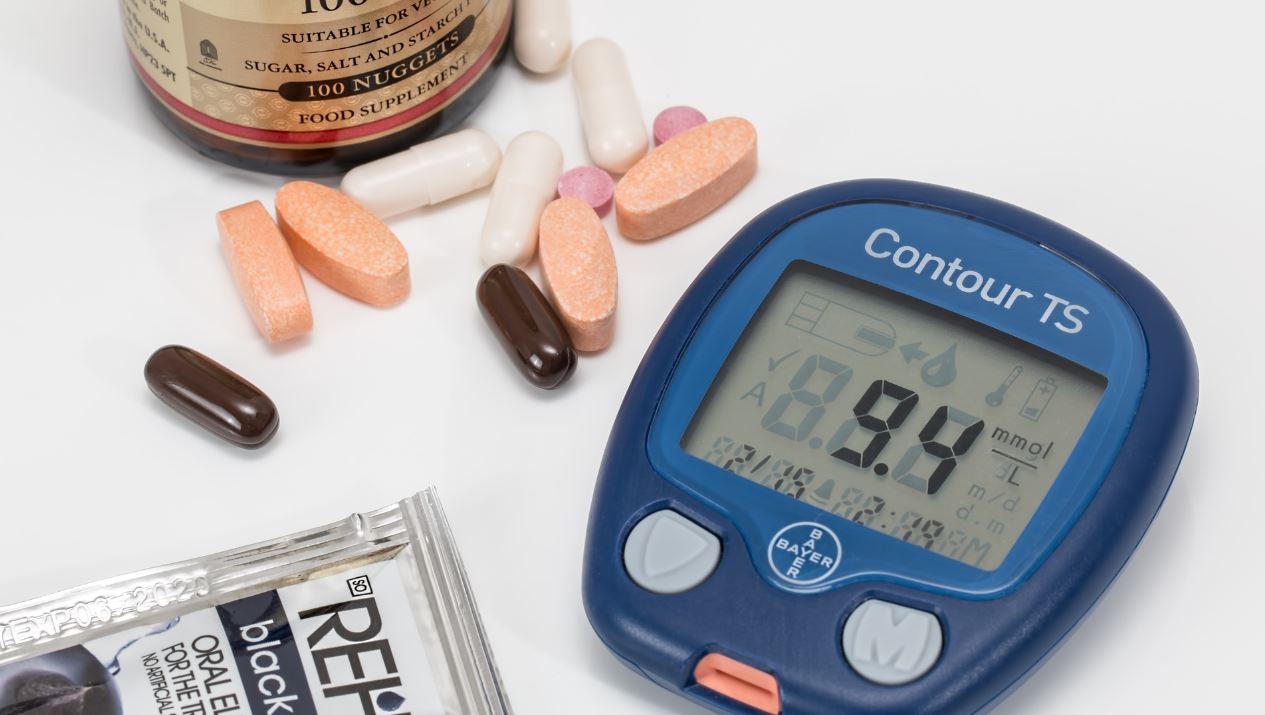
Diabetes treatments could be improved following the development of a dramatically modified form of human insulin, called ‘Mini-Ins’, that successfully mimics the ultra-fast-acting properties of cone snail venom insulin.
Mini-Ins has demonstrated significant promise in laboratory models, rapidly lowering blood sugar levels after meals.
It is well-tolerated by the immune system and lacks any propensity for long-term side effects – vital considerations when developing new diabetes treatments.
The study, just published in Nature Structural and Molecular Biology, was a collaboration between the University of Utah and Walter and Eliza Hall Institute (WEHI) of Medical Research, along with researchers from Flinders University, University of Melbourne, La Trobe University and Monash Institute of Pharmaceutical Sciences.

The researchers say pre-clinical studies show the modified insulin, Mini-Ins, rapidly lowered blood sugar levels and was well-tolerated by the immune system.
Mini-Ins is now in development to achieve a safe form of human insulin that works faster than the current gold standard treatments.
Australian lead researcher on the study, Professor Mike Lawrence, says he is delighted the pre-clinical study successfully enhanced human insulin using principles discovered in the venom of the marine cone snail, Conus geographus.
“We have completed the translational step from a cone snail venom insulin to a human look-alike, Mini-Ins, that is safe and well-tolerated by the immune system.
“Our findings also showed that Mini-Ins doesn’t activate the related insulin-like growth factor pathways that would increase the risk of cancer – something researchers need to absolutely avoid when developing new insulin treatments for diabetes.
“Even at this early stage of development, Mini-Ins was able to lower blood sugar levels as fast as the current best treatments that are in use. This tells us that with further development the response time could be made even shorter. For diabetes patients this could be life-changing,”
According to the World Health Organization, diabetes impacts more than 422 million people worldwide.

For many people living with diabetes, it can be challenging to consistently manage blood sugar levels by injecting insulin well before commencing each meal. As a consequence, some people with diabetes find it hard to follow through with the injection regime.
“Our goal is to improve insulin treatments by shortening the timeframe it takes for them to work. Achieving this would help people with diabetes to more easily manage their condition which would in turn lead to better health outcomes,” Professor Lawrence says.
Flinders Head of Medical Biochemistry, Professor Briony Forbes, says research in her lab demonstrated the in-vitro ability of the Mini-Ins to bind to the human insulin receptor and to a elicit a metabolic effect
“In other words, we tested Mini-Ins for its ability to act on the human insulin receptor before taking it into pre-clinical models.
“We also provided the evidence that Mini-Ins doesn’t activate the related insulin-like growth factor pathways that would increase the risk of cancer – something researchers need to absolutely avoid when developing new insulin treatments for diabetes.”
Through structural determination of cone snail venom insulin and its receptor at the Australian Synchrotron, the US and WEHI researchers successfully showed how cone snail venom insulins avoid the structural changes seen in human insulins.
This provided the research team with a ‘blueprint’ for enhancing human insulin by incorporating faster-acting cone snail venom insulin traits.
The US-based biotechnology company Monolog is now progressing the Mini-Ins proof-of- concept towards the development of a therapeutic version that is safe and effective in humans.
The research was supported in Australia by the National Health and Medical Research Council. It was supported in the USA by the National Institute of Diabetes and Digestive and Kidney Diseases (NIDDK) and the JDRF.
The article, ‘A structurally minimized yet fully active insulin based on cone-snail venom insulin principles (June 2020) by X Xiong, JG Menting, MM Disotuar, NA Smith, C Delaine, G Ghabash, R Agrawa, X Wang, X He, SJ Fisher, CA MacRaild, RS Norton, J Gajewiak, BE Forbes, BJ Smith, H Safavi-Hemami, B Olivera, MC Lawrence and DHC Chou has been published in Nature Structural and Molecular Biology (Nature) DOI: 10.1038/s41594-020-0430-8

